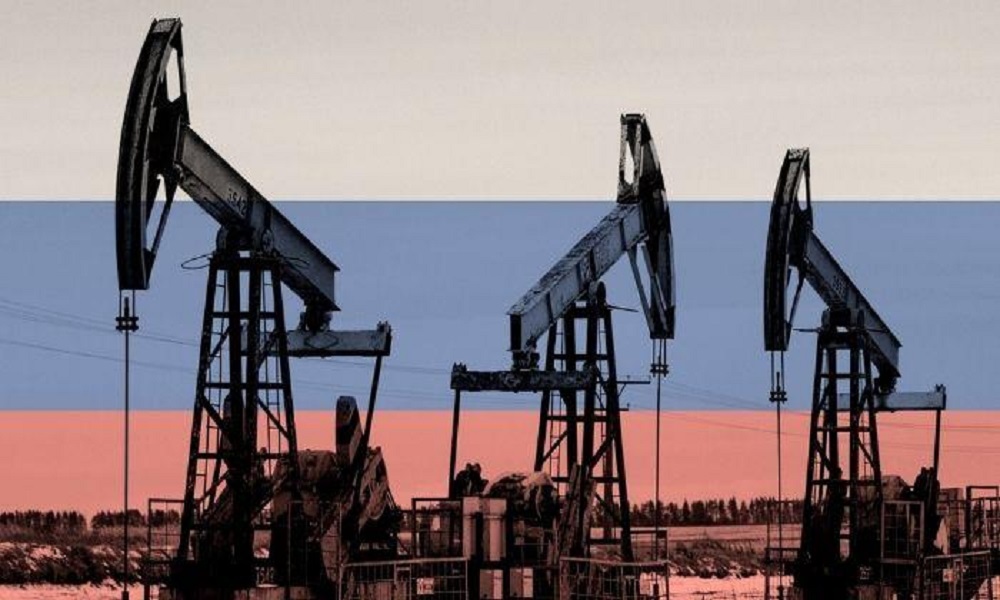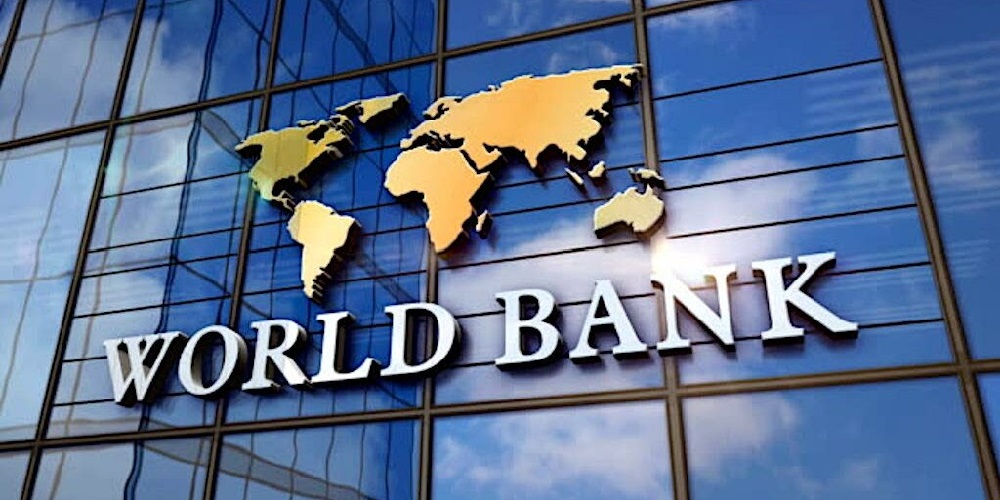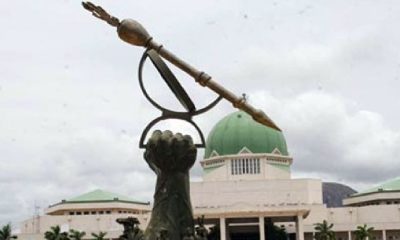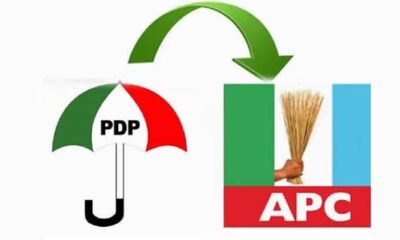Economy
Minister reveals Why oil production dropped in Q1 2024

Heineken Lokpobiri, minister of state for petroleum resource (oil), says the drop in crude oil production in the first quarter of 2024 is due to challenges with the Trans-Niger pipeline (TNP) and the maintenance carried out by some oil companies.
Lokpobiri spoke in a statement signed by Nneamaka Okafor, his special assistant, media and communications, in Abuja on Friday.
The TNP, operated by Shell Petroleum Development Company of Nigeria (SPDC), is a major pipeline capable of transporting about 180,000 barrels of crude per day to the Bonny export terminal.
On April 11, the Organisation of Petroleum Exporting Countries (OPEC) said Nigeria’s average daily crude oil production dropped to 1.23 million barrels per day (bpd) in March – a 6.88 percent decrease from the 1.32 million bpd recorded in February.
Commenting on the decline, Lokpobiri said the federal government was intensifying efforts to restore the production to the previous level of 1.7 million barrels per day and also exceed it.
The minister clarifies that the reported “production shortfall was primarily due to issues encountered on the Trans Niger Pipeline, coupled with maintenance activities carried out by some Oil companies operating in Nigeria,” he said.
Lokpobiri said production is expected to return to its previous levels in the coming days.
Speaking further, the minister said his ministry is actively engaged in policy evolution aimed at maximising the utilisation of all available wells in Nigeria.
“This strategic approach will enable the country to ramp up production, thereby generating vital revenue to stabilize the nation’s foreign exchange reserves,” he said.
“The increased revenue will also empower the government to fulfill its commitments in providing essential infrastructure, as outlined in the 2024 budget.”
Lokpobiri also said his ministry remains committed to ensuring the sustainability and growth of Nigeria’s oil sector, which plays a crucial role in driving the nation’s economy.
Economy
75.5% of rural Nigerians now live below poverty line — World Bank

The World Bank has disclosed that a staggering 75.5 per cent of rural Nigerians are now living below the poverty line, reflecting deepening hardship in the country’s hinterlands.
This was revealed in the Bank’s April 2025 Poverty and Equity Brief for Nigeria, which paints a grim picture of worsening economic hardship, widening inequality, and persistent underdevelopment across much of the nation.
While poverty is widespread among urban populations, the report emphasised that the situation is significantly worse in rural areas, where economic stagnation, high inflation, and insecurity have exacerbated living conditions.
“Based on the most recent official household survey data from Nigeria’s National Bureau of Statistics, 30.9 per cent of Nigerians lived below the international extreme poverty line of $2.15 per person per day in 2018/19 before the COVID-19 pandemic,” the report stated.
The report also highlighted Nigeria’s enduring regional disparities. “Nigeria remains spatially unequal. The poverty rate in northern geopolitical zones was 46.5 per cent in 2018/19, compared with 13.5 per cent for southern ones. Inequality measured by the Gini index was estimated at 35.1 in 2018/19.
“Nigeria’s Prosperity Gap — the average factor by which individuals’ incomes must be multiplied to attain a prosperity standard of $25 per day for all — is estimated at 10.2, higher than most peers.”
Despite successive policy interventions, these figures underscore a persistent economic divide across the country.
The report’s demographic analysis found that children aged 0 to 14 years had a poverty rate of 72.5 per cent, reflecting the scale of deprivation among the youngest segment of the population.
Gender disparities were also observed, with 63.9 per cent of females and 63.1 per cent of males classified as poor under the $3.65 per day lower-middle-income threshold.
Education emerged as a significant determinant of poverty, with Nigerians lacking formal education experiencing a poverty rate of 79.5 per cent. This contrasts with 61.9 per cent for those with primary education and 50.0 per cent for secondary school graduates. Only 25.4 per cent of those with tertiary education were considered poor.
The report also drew attention to multidimensional poverty indicators, which further reflect widespread deprivation.
According to the World Bank, about 30.9 per cent of Nigerians live on less than $2.15 daily, 32.6 per cent lack access to limited-standard drinking water, 45.1 per cent do not have limited-standard sanitation, and 39.4 per cent have no electricity.
Education access remains a challenge, with 17.6 per cent of adults yet to complete primary education, and 9.0 per cent of households reporting at least one school-aged child not enrolled in school.
The report noted that even before the COVID-19 pandemic, efforts to reduce extreme poverty had largely stalled.
“Before COVID-19, extreme poverty reduction had almost stagnated, dropping by only half a percentage point annually since 2010. Living standards of the urban poor are hardly improving, and jobs that would allow households to escape poverty are lacking,” the report read.
Although the World Bank acknowledged recent economic reforms aimed at stabilising Nigeria’s macroeconomic outlook, it warned that persistently high inflation continues to undermine household purchasing power, particularly in urban areas where incomes have not kept pace with rising costs.
In light of the worsening situation, the Bank called for urgent policy action to shield vulnerable groups from inflationary shocks and to drive job creation through more productive economic activities.
Economy
Naira Records Marginal Decline Against Dollar at Official Market

The Nigerian naira experienced a mild drop in value on Friday, closing at ₦1,602.18 per dollar in the official foreign exchange market, based on figures released by the Central Bank of Nigeria (CBN).
This marks a decrease of ₦5.49 from the rate of ₦1,596.69 recorded on April 30, the last trading day before the May 1 Workers’ Day holiday—indicating a depreciation of approximately 0.34%.
Earlier in the week, from Monday to Wednesday, the naira remained relatively stable, exchanging at ₦1,599.95, ₦1,599.71, and ₦1,596.69 respectively.
Although the local currency showed some consistency mid-week, it wrapped up the week with a loss, following a sligh dip of 0.02% at the beginning of the week
Economy
Black Market Dollar hits N1,610 Amid Economic quagmire

What is the Dollar to Naira Exchange Rate in the Black Market (Also Known as the Parallel Market or Aboki FX)?
Below is the black market exchange rate for the U.S. dollar to the Nigerian naira as of Thursday, May 1, 2025. These are the typical rates at which you can exchange dollars for naira:
Dollar to Naira Black Market Exchange Rate (May 1, 2025):
At the Lagos Parallel Market, also referred to as the black market, Bureau De Change (BDC) operators are buying dollars at ₦1,602 and selling at ₦1,610, according to market sources.
Please note: The Central Bank of Nigeria (CBN) does not recognize or endorse transactions conducted on the parallel market. The CBN advises individuals and businesses seeking foreign exchange to use official banking channels.
-

 Opinion4 hours ago
Opinion4 hours agoRIVERS, WIKE, FUBARA, AND THE WAY FORWARD
-

 News24 hours ago
News24 hours agoReps Minority Caucus condemns unlawful detention of VDM, demands his immediate release
-

 News14 hours ago
News14 hours agoMinistry denies awarding N13bn contracts without due process
-

 News14 hours ago
News14 hours agoFULL STEPS: How to check 2025 JAMB results
-

 News8 hours ago
News8 hours agoVDM may be released on Tuesday
-

 Politics3 hours ago
Politics3 hours agoJust in: Delta PDP Reps members defect to APC
-

 News14 hours ago
News14 hours agoCourt halts Abuja multi-million naira market project
-

 News22 hours ago
News22 hours agoCourt delivers another judgement in favor of Amaewhule, others on Rivers Assembly crisis






